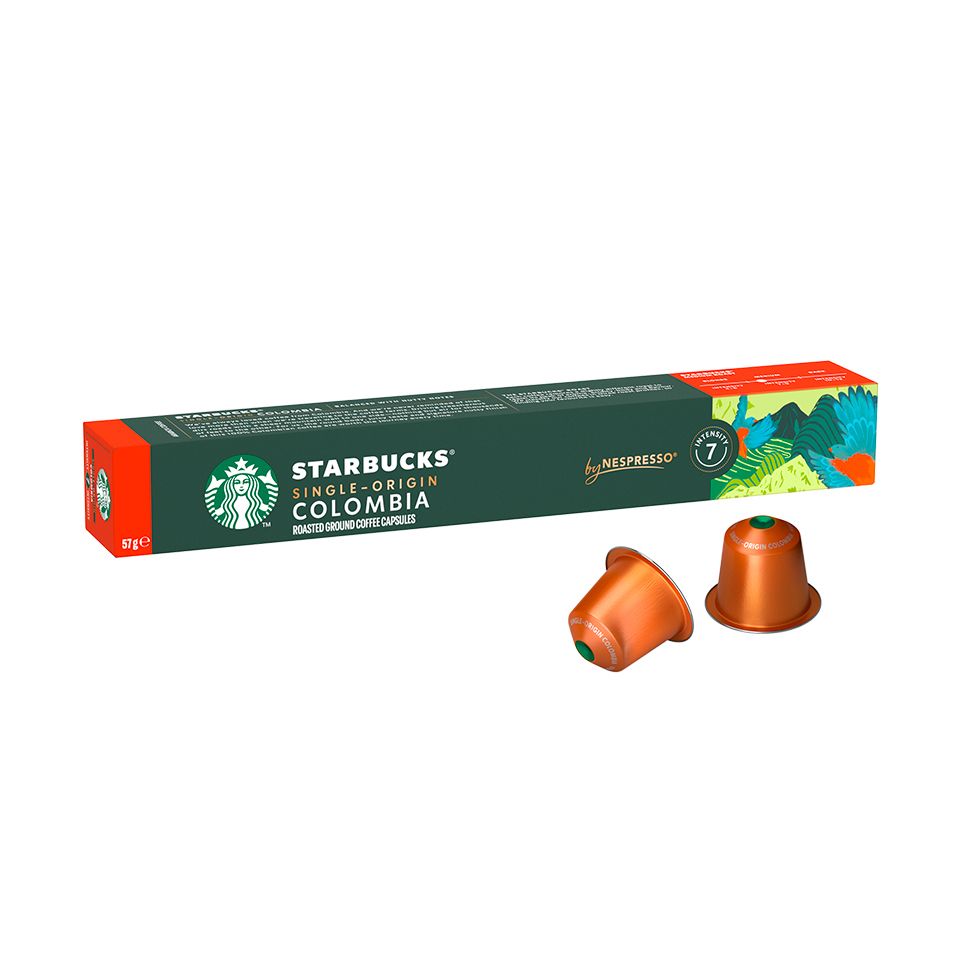Helpful Hints to Get the Best Out of SOE Single Origin Espresso
Helpful Hints to Get the Best Out of SOE Single Origin Espresso
Blog Article
Recognizing Coffee Beans: the Trip From Coffee to Blended Coffee Beans

The Origins of Coffee: An International Point Of View
While you might think about coffee as a modern-day staple, its origins map back centuries, intertwining with societies around the world. The story starts in Ethiopia, where legend states a goat herdsman named Kaldi uncovered the energizing results of coffee beans after discovering his goats romping vigorously after eating them. This stimulated interest, bring about coffee's spread to Arab traders that valued the made beverage. By the 15th century, it reached Persia, Egypt, and Turkey, where coffee shops became social hubs for discussion and society.
As trade paths expanded, coffee made its method to Europe in the 17th century, swiftly obtaining appeal. Each society added its one-of-a-kind twist to coffee preparation, enriching its history.
Cultivation and Harvesting of Espresso Beans
As coffee's journey developed, the focus shifted to the cultivation and harvesting of particular bean ranges, specifically those utilized for espresso. You'll discover that espresso beans usually come from Arabica or Robusta plants, each offering distinct flavors. The optimal growing conditions include high altitudes and abundant, well-drained dirt, which improve the beans' top quality.
Throughout the harvest, selecting techniques differ. In some regions, workers hand-pick ripe cherries, guaranteeing just the very best fruit mosts likely to handling. In various other areas, mechanical harvesters are made use of, specifically on bigger farms. Timing is vital; you desire to harvest when the cherries get to peak perfection for maximum taste.
Once collected, the beans are planned for processing, which is crucial in identifying their final taste. Comprehending the growing and gathering procedures provides you insight into what goes into your preferred espresso, improving your gratitude for every cup.
Handling Techniques: From Cherry to Bean
Currently that you've discovered collecting coffee beans, let's discover exactly how those cherries change right into the coffee beans you love. You'll see exactly how various harvesting methods influence taste, followed by the important actions of fermentation and drying. Lastly, we'll break down the milling and grading procedure that determines your coffee's high quality.
Gathering Techniques Described
When it comes to coffee, recognizing harvesting techniques is necessary, because they straight impact the flavor and high quality of the beans you enjoy. There are two key methods: selective picking and strip selecting. Discerning picking involves hand-picking only ripe cherries, ensuring you get the finest high quality beans. This approach typically results in a richer taste account, though it's more labor-intensive. On the various other hand, strip picking methods collecting all cherries simultaneously, no matter perfection. While it's quicker and less expensive, this can result in a mix of flavors, impacting the final product. Inevitably, the selection of harvesting strategy can substantially influence your coffee experience, so it deserves knowing how those beans made it to your cup.
Fermentation and Drying
After collecting, the following action in processing coffee beans play a substantial duty in shaping their taste. You'll locate that fermentation is vital, as it aids damage down the mucilage surrounding the beans, improving their preference profile. Depending on the approach, this procedure can last from a few hours to several days, with differing results based upon temperature level and humidity.
Once fermentation is total, drying out follows, which is similarly essential. You can pick from mechanical or sun-drying drying out techniques. Sun-drying allows the beans to soak up tastes from the environment, while mechanical drying guarantees consistent dampness levels regardless of weather. Correct drying out is vital to protect against mold and protect the beans' high quality, inevitably affecting your mug of coffee.
Milling and Grading Refine
As fermentation and drying set the phase for taste advancement, the milling and grading procedure warranties that only the finest coffee beans make it to your mug. This stage includes removing the external layers of the coffee cherry, including the parchment and husk. Premium beans receive a greater quality, resulting in a richer coffee experience.
Roasting Techniques: Opening Flavor Potential
When you roast coffee beans, the method you choose can considerably influence the taste profile. Comprehending the connection in between time, temperature level, and toasting methods is essential to exposing the potential of your brew. Allow's discover how these elements collaborated to produce the best cup.
Roasting Approaches Described
While you might think that all coffee roasting methods yield the very same outcomes, the reality is that each strategy exposes one-of-a-kind taste potentials in the beans. Drum roasting utilizes a rotating drum to equally distribute warm, boosting caramelization and generating a well balanced taste. Air roasting, on the other hand, circulates hot air around the beans, advertising a lighter roast with obvious level of acidity.

Effect On Taste Profile
Various toasting techniques not just affect the procedure yet also significantly impact the flavor profile of the coffee beans. Dark roasts, on the other hand, bring out strong, great smoky tastes, occasionally covering up the bean's unique characteristics. Understanding these subtleties helps you appreciate the creativity behind your cup of coffee, boosting your overall experience you could try these out with every sip.
Time and Temperature Factors
To release the full flavor possibility of coffee beans, both time and temperature throughout the roasting process play substantial functions. When toasting, you'll find that higher temperatures can promptly establish tastes, yet if you hurry it, you might wind up with scorched notes. Conversely, reduced temperatures permit for an extra gradual taste growth, showcasing the beans' one-of-a-kind attributes.

Timing is just as essential; extending the roast also long can lead to a loss of acidity and brightness, while too brief a roast could leave the beans underdeveloped. Discovering that pleasant place requires method and trial and error. By readjusting these aspects, you can disclose the rich, complex flavors concealed within each bean, creating a truly remarkable coffee experience.
The Art of Blending: Crafting Special Coffee Profiles

Begin by choosing a base coffee that supplies a strong foundation. A brilliant Ethiopian bean can bring fruitiness, while an abundant Brazilian coffee adds body.
As you blend, maintain in mind that each mix informs a tale. You're not just making coffee; you're developing an experience. Take your time, preference frequently, and appreciate the journey of finding your trademark blend - Single Origin Espresso.
Developing Techniques: How Preparation Impacts Flavor
Blending coffee opens a domain of flavor possibilities, yet how you make that mix can significantly influence your last mug. Different brewing approaches draw out one-of-a-kind flavors and scents, so it's crucial to select wisely. As an example, a French press enables debris and oils to remain, producing a rich, full-bodied experience. On the various other hand, a pour-over highlights the coffee's quality and illumination, ideal for showcasing fragile notes.
Coffee, with its high pressure, creates a concentrated shot that emphasizes sweet taste and crema. If you choose a lighter mixture, think about a cold brew method; it produces a smooth, less acidic taste.
Inevitably, experimentation is key. Adjusting variables like water temperature, grind dimension, and brew time can change your coffee's account. Embrace the art of brewing to discover the tastes concealed in your coffee blends. The right approach can boost your experience to new heights.
The Future of Coffee: Sustainability and Development
As the coffee market progresses, sustainability and advancement are ending up being vital for resolving environmental challenges and meeting consumer demands. You'll notice that more YOURURL.com coffee companies are adopting environment-friendly methods, from sourcing beans ethically to applying sustainable farming methods. These shifts not only aid the world however also improve the high quality of the coffee you take pleasure in.
You could see advancements like naturally degradable packaging and water-saving brewing techniques that lower waste. Advanced technology, such as blockchain, is additionally becoming popular, making certain openness in the supply chain, which allows you to trace your coffee back to its origins.
Additionally, purchasing regional communities and supporting farmers with reasonable trade campaigns promotes an extra sustainable coffee environment. As you sip your following mug, keep in mind that your options can add to a brighter future for coffee. By going with sustainable brands, you're not simply taking pleasure in a drink; you're making a positive influence on the globe.
Frequently Asked Questions
What Is the Difference In Between Arabica and Robusta Beans?
Arabica beans are smoother, sweeter, and have a greater acidity, while robusta beans are more powerful, much more bitter, and consist of even more caffeine. You'll observe these differences in taste and fragrance when making your coffee.
How Does Altitude Affect Coffee Bean Taste?
Elevation impacts coffee bean flavor considerably. Higher elevations create beans with brighter acidity and complicated flavors, while reduced elevations usually generate beans that are heavier and less nuanced. You'll see these distinctions in your mug!
What Are the Health And Wellness Perks of Drinking Coffee?
Consuming coffee can enhance your energy, improve mental emphasis, and also enhance physical performance. It's abundant in antioxidants, may lower the threat of particular conditions, and can advertise a healthier metabolic process when consumed in small amounts.
Can Coffee Beans Be Reused for Brewing?
Yes, you can recycle coffee beans for brewing, but the flavor may be weaker. If you enjoy trying out, try recycling them in different ways, like cool mixtures or including in healthy smoothies for an additional kick.
Exactly how Should I Store Coffee Beans for Quality?
To keep your coffee beans fresh, keep them in a closed container in an amazing, dark area. Avoid subjecting them to light, wetness, or warmth, as these aspects can promptly degrade their flavor and scent.
Understanding Coffee Beans: the Journey From Espresso to Blended Coffee Beans.
Now that you have actually found out about harvesting espresso beans, let's check out exactly how those cherries change right into the coffee beans you like.When you roast coffee beans, the technique you pick can drastically affect the taste account - Single Origin Espresso.While you could assume that visit their website all coffee toasting methods produce the exact same outcomes, the fact is that each technique reveals special taste potentials in the beans.Different toasting approaches not just affect the procedure but also substantially impact the flavor profile of the coffee beans
Report this page